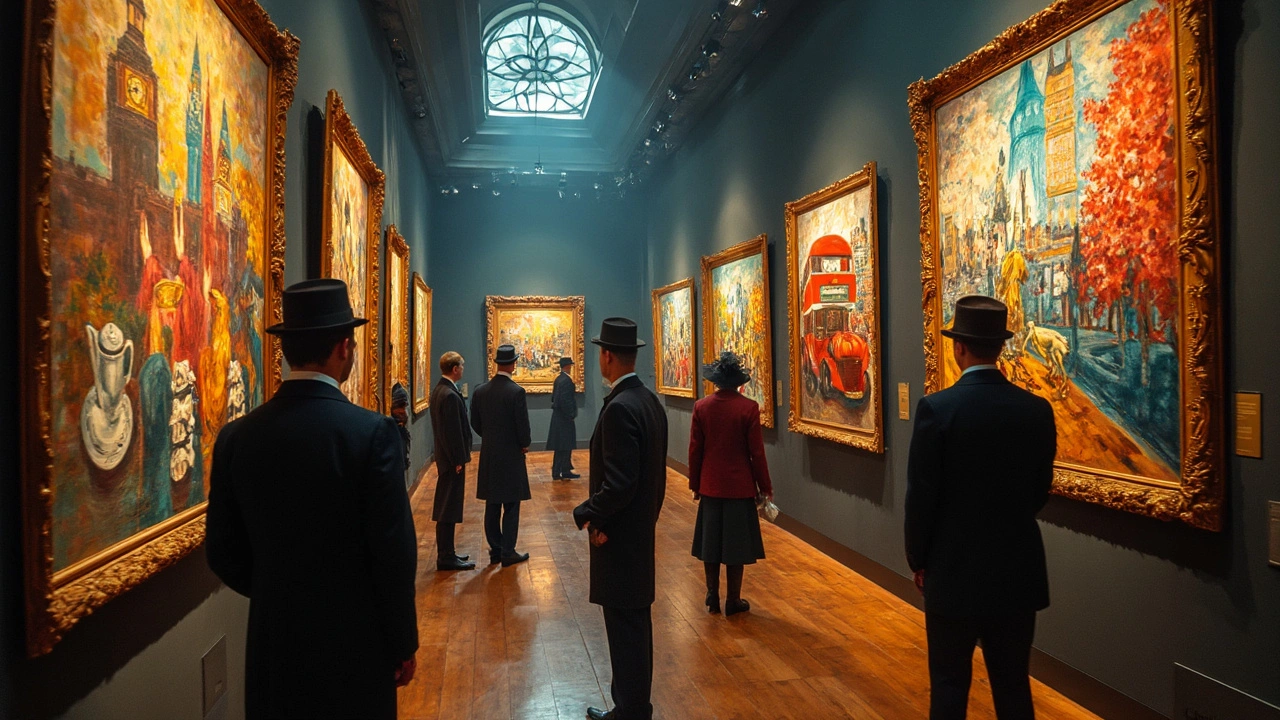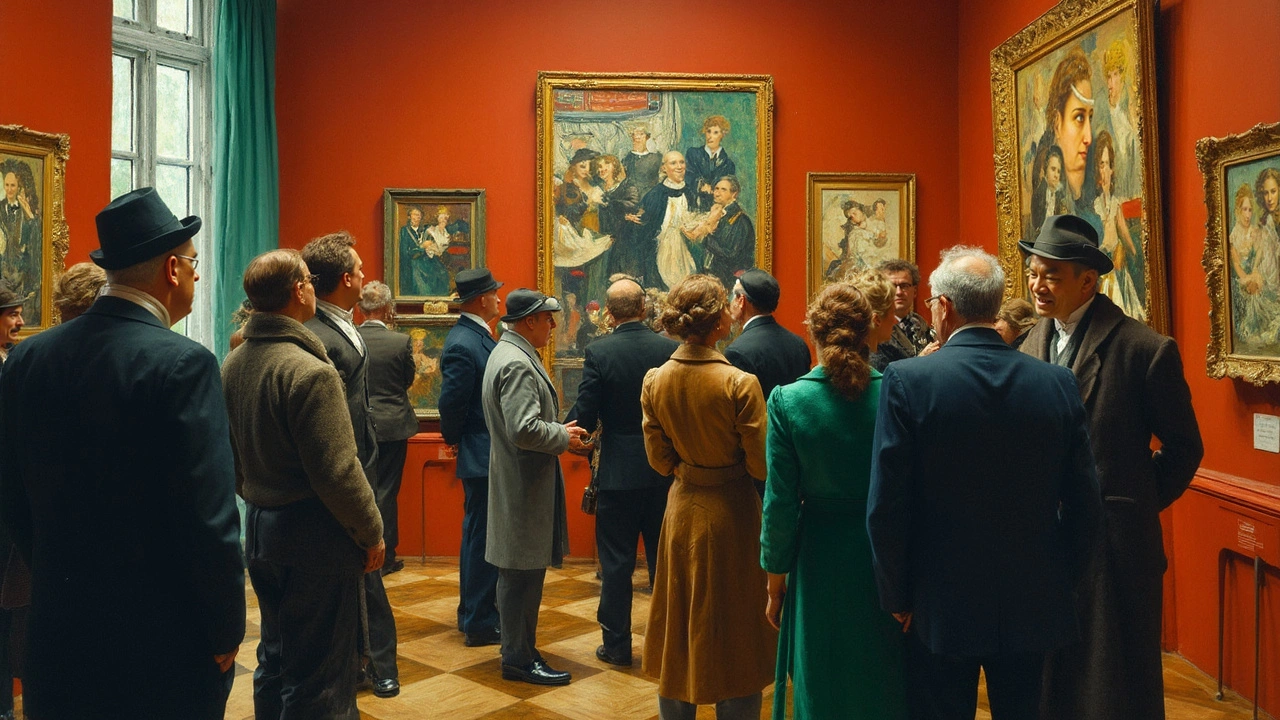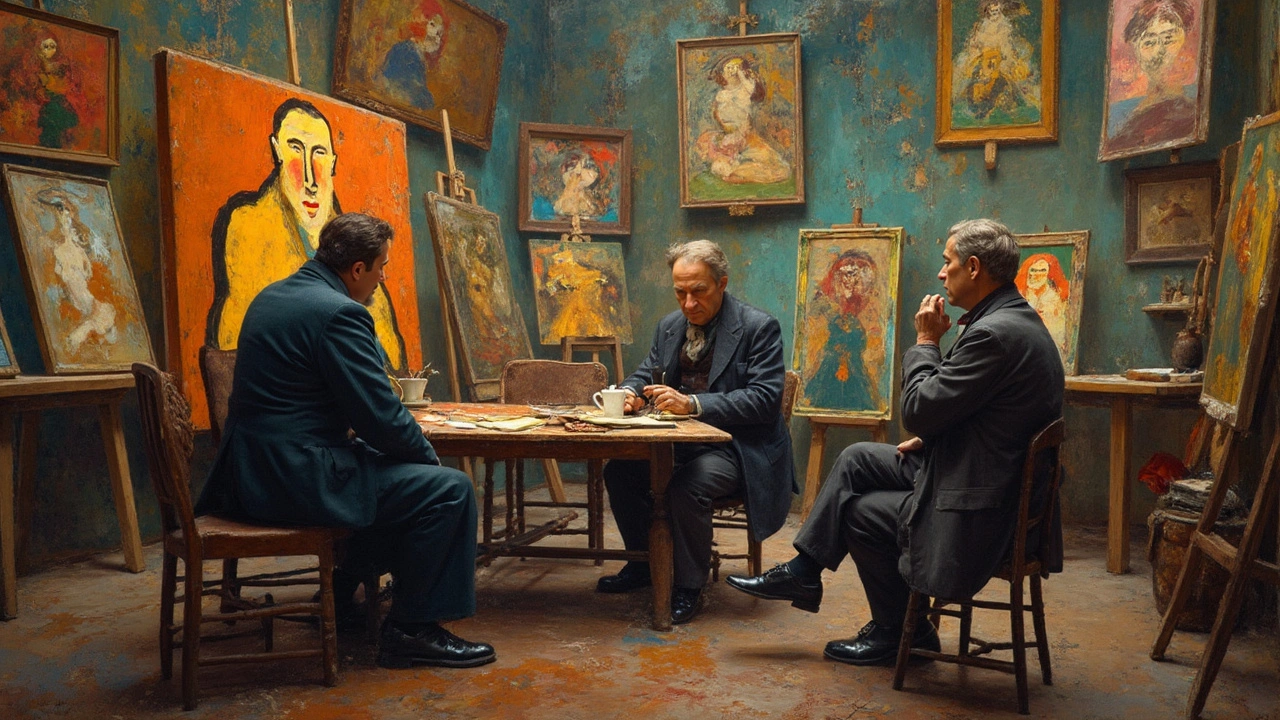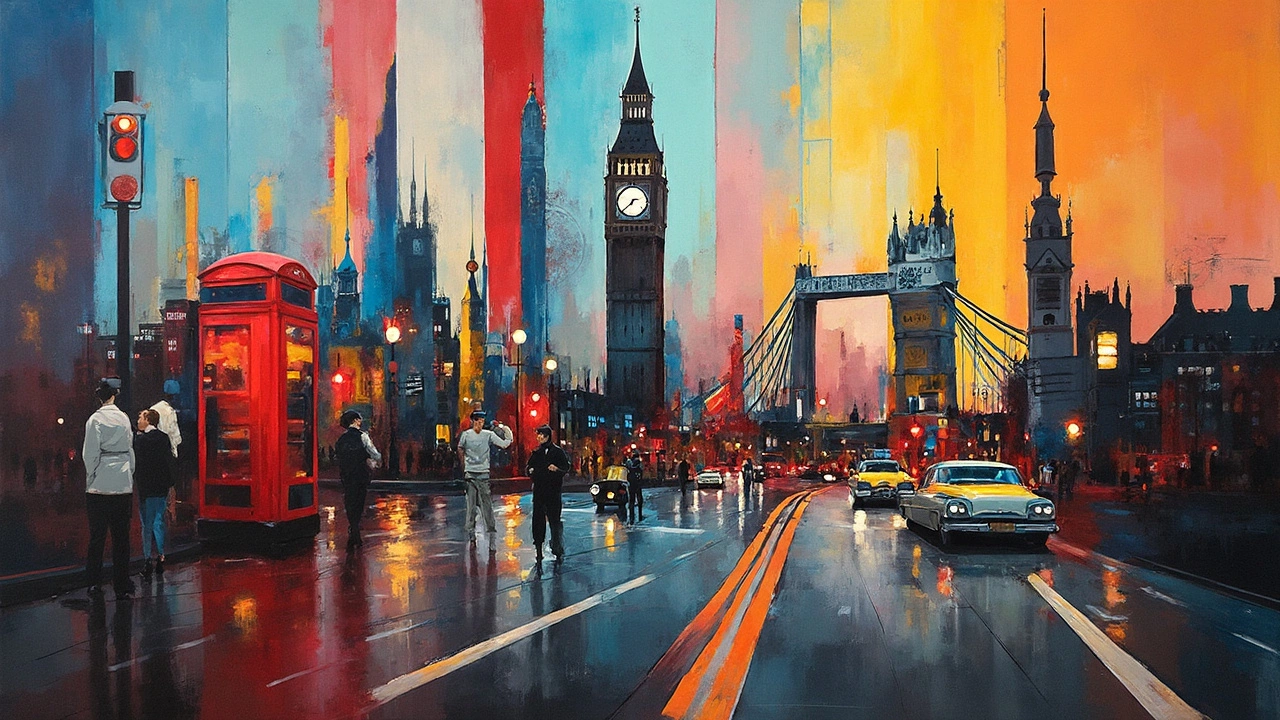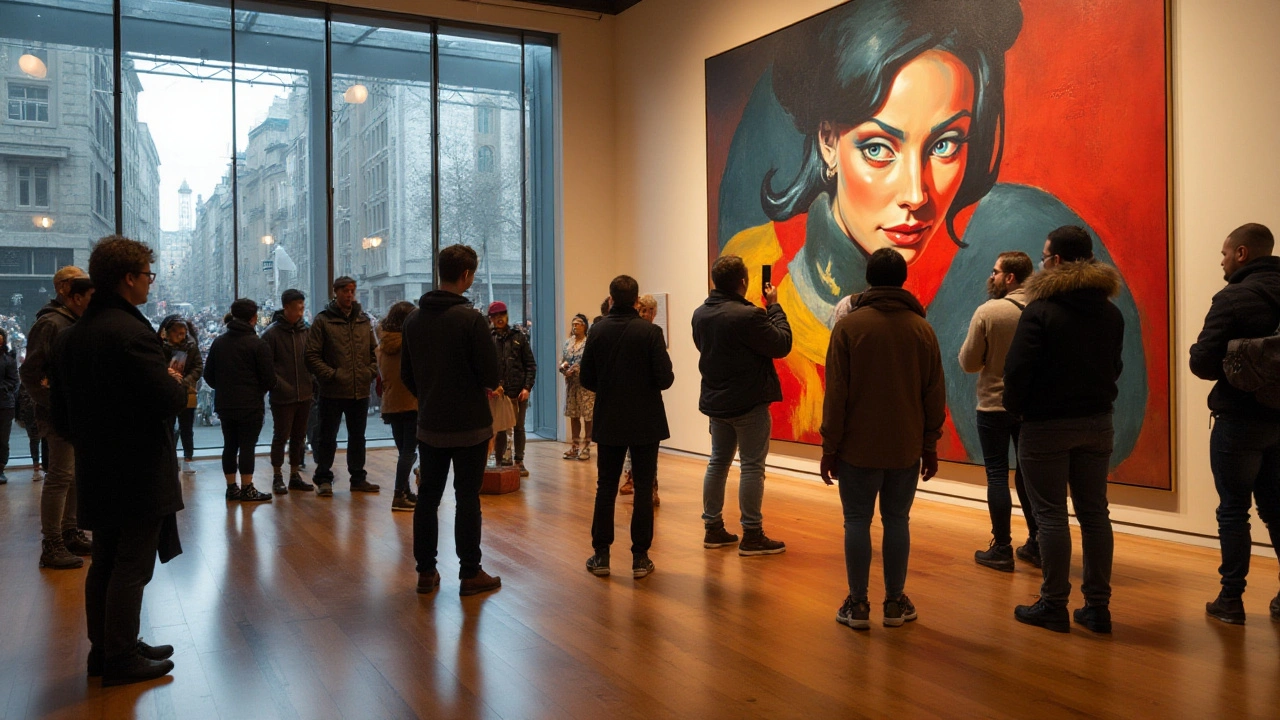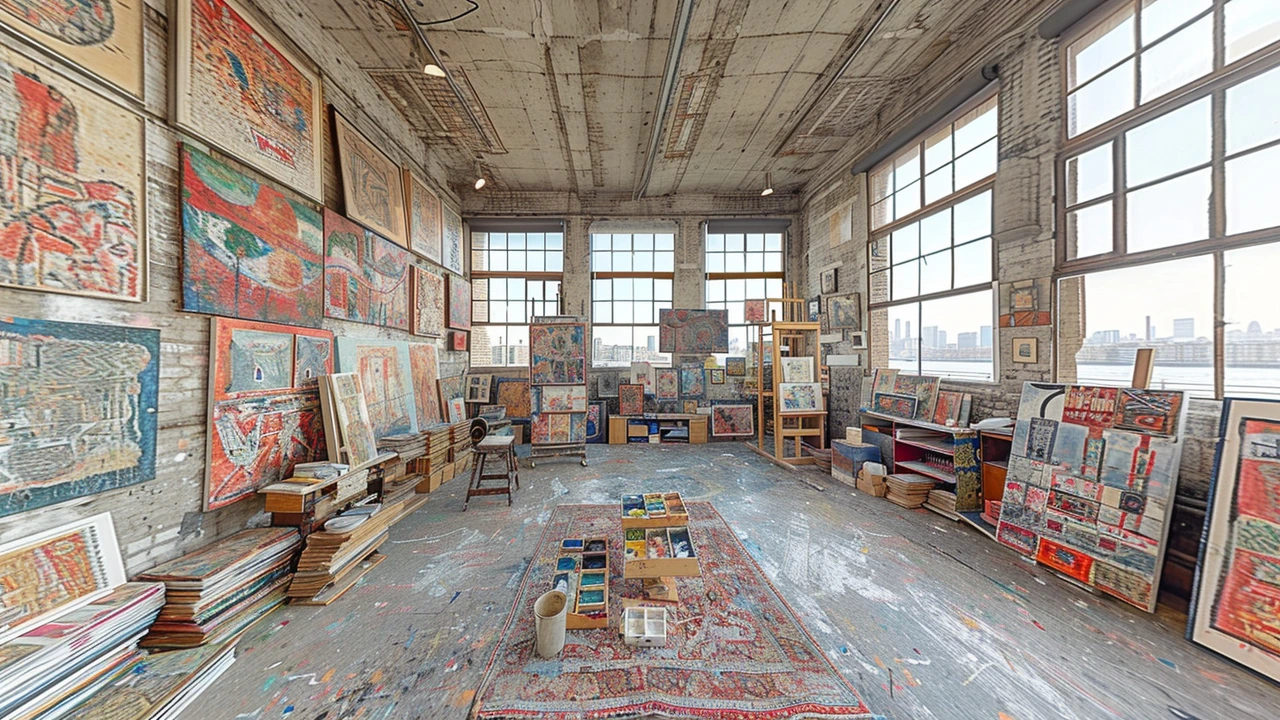Picasso: How He Changed Modern Art and Why It Still Matters
Picasso broke the rules of painting and made breaking rules the whole point. He didn’t just create new images—he changed how artists think about form, perspective, and subject. If you want to understand modern art, starting with Picasso makes things clearer fast.
He co-founded Cubism, ripped faces and objects into geometric shapes, and showed that a painting can be a map of ideas instead of a mirror of reality. That move opened the door for artists to play with time, memory, and multiple viewpoints on one canvas. The shock of seeing a face from several angles at once still hits viewers today.
How Picasso Changed the Rules
Picasso mixed sources freely: folk art, African masks, ceramics, and everyday scraps. That led to Primitivism and other movements that borrowed non-Western aesthetics to push expression further. If you’re curious about that angle, read our "Primitivism in Art" post to see how these ideas reshaped creativity.
He also made collaboration with ideas common. Cubism influenced designers, theater, and later movements like Abstract Expressionism—artists who kept asking what painting could do, not just how it should look. For a wider view on those ripple effects, check "How Abstract Expressionism Shaped Modern Art" and "Abstract Expressionism Meaning" on Paul Artistry.
Picasso’s career shows that technique and thinking go together. Sometimes he painted with slow craftsmanship. Other times he used rough brushwork and quick sketches to catch a mood. Watching those shifts teaches artists how to balance skill with risk. Try copying one of his small sketches to practice switching between control and spontaneity.
Want a quick practical tip? Pick one Picasso painting and list the elements he flattens, the parts he overlaps, and any unexpected materials he uses. Try a small study where you break your subject into three geometric planes. That exercise trains your eye to see structure instead of only surface detail.
Read More on Paul Artistry
Paul Artistry collects posts that help you see Picasso in context. Start with "Primitivism in Art" for cultural links, then read "Expressionism in the 21st Century" to spot emotional lineages. Our "Bauhaus" and "Constructivism" pieces aren’t about Picasso directly, but they show how artists borrowed his rule-breaking energy across design and architecture.
If you prefer visual practice, check "Photorealism Art" and "Top 10 Photorealism Artists" to contrast Picasso’s fractured forms with super-fine realism. Seeing both extremes helps you decide which direction fits your work or taste.
Want to explore specific works or need reading suggestions? Use the tag list below to jump to articles that match your interest—history, technique, or home décor inspired by modern art. Picasso’s influence is everywhere; these posts make it practical and easy to follow.
Study three Picasso works: Les Demoiselles d'Avignon to see early Cubist fragmentation; Guernica for scale, political power, and composition; The Weeping Woman for color and portrait distortion. Copy small sections to learn how he simplifies form and uses bold, graphic lines.
A simple practice: pick a photo, reduce it to three planes, and paint each plane one flat color. Do five quick studies in a day. Then write one sentence about what you lost and one about what you gained by simplifying. That feedback loop trains your eye fast.
Explore the tags here and start practicing now.

